When I was 10 years old, I would cross the roads of the Recôncavo baiano region of Eastern Brazil, traveling with my parents from the state of Bahia’s capital to a small farm where we spent our weekends. Between January and March, the smell of burning in the sugarcane plantations indicated that we were nearing our destination. We would cross the beautiful Imperial Dom Pedro II Bridge, opened by Pedro II himself, the last emperor of Brazil. And I would watch men, black with soot, cutting down or carrying large bundles of sugarcane. I had no idea who they were.
In January 2015 I returned to the region to visit my parents. Childhood memories came back as we traveled through the long stretch of land that skirts the Todos os Santos Bay, the second largest in the world. We crossed the imposing bridge, and I gazed at the landscape divided between the green sugarcane to be harvested and the gray soil where the burning had occurred. The men seemed to be the same ones I observed in my childhood. I decided to meet them.
The Recôncavo is frozen in time. In many ways it hasn’t changed much since thousands of people were enslaved and brought from Africa to work in the lands of the new Portuguese colony. Many of the workers I met are their descendants. Some are quilombola—their ancestors were slaves who escaped from their plantations and founded their own free settlements. Today the working conditions of the sugarcane workers feel sadly similar to the exploitations of their ancestors.
It was on this land that sugarcane became one of the pillars of the Brazilian economy. Today the country is not only the largest producer of cane, but it also ranks second worldwide for the production of ethanol. It’s increasingly conquering global markets with its biofuel industry, and it leads the production of two sugarcane by-products: sugar and a spirit called cachaça, the main ingredient in the caipirinha, Brazil’s national cocktail.
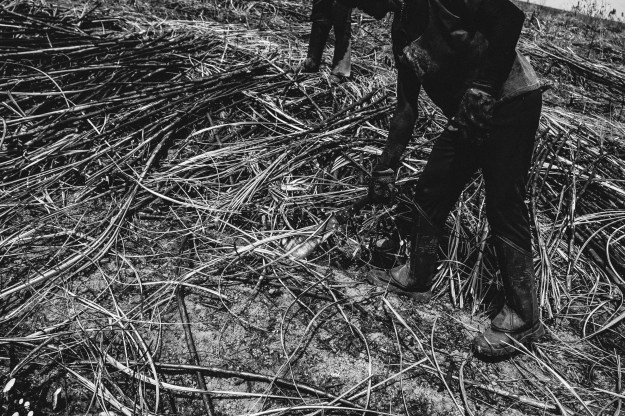
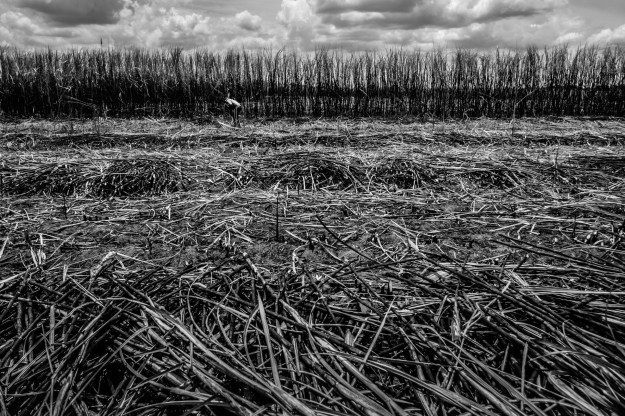
When I first met the sugarcane workers, the earth was burning under my feet. It was 100 degrees Fahrenheit but felt much hotter. On the ground pieces of burnt sugarcane were being cut by three men. They welcomed me as a distraction; they had been cutting cane since 5 in the morning without a lunch break. “We earn by production, so it is better to continue working directly until 4 p.m. After that we rest, and tomorrow we start again.”
Their work requires repetitive movement under the sun and heat in the presence of soot, dust, and smoke, for periods varying between eight and 12 hours. There are no fixed wages, and they are expected to cut tremendous amounts of sugar cane every day. This unsustainable rhythm often results in serious health and psychological problems, according to a study published in 2010.
In the town of Cachoeira I met Sergio da Conceição Rocha, a quiet man who offered to be my guide. As for many others from the area, working in the cane fields was the obvious choice. He started cutting cane at 18 but asked to be transferred to another job a year later. “I couldn’t take it any longer,” he told me. For 11 years after that he took care of preparing the land, planting, and fumigation, all of which involved their own serious health risks.
After getting married, he was pushed to look for another job by the low wages and health risks. Today, at 37, he works for himself as a construction worker. He took me to the lodgings where sugarcane workers live, and we met his old co-workers. As we walked around, he told me he was surprised to see the living conditions had improved. “But one thing doesn’t change—” another worker interrupted him, “the difficulty of living like this for a long time.”
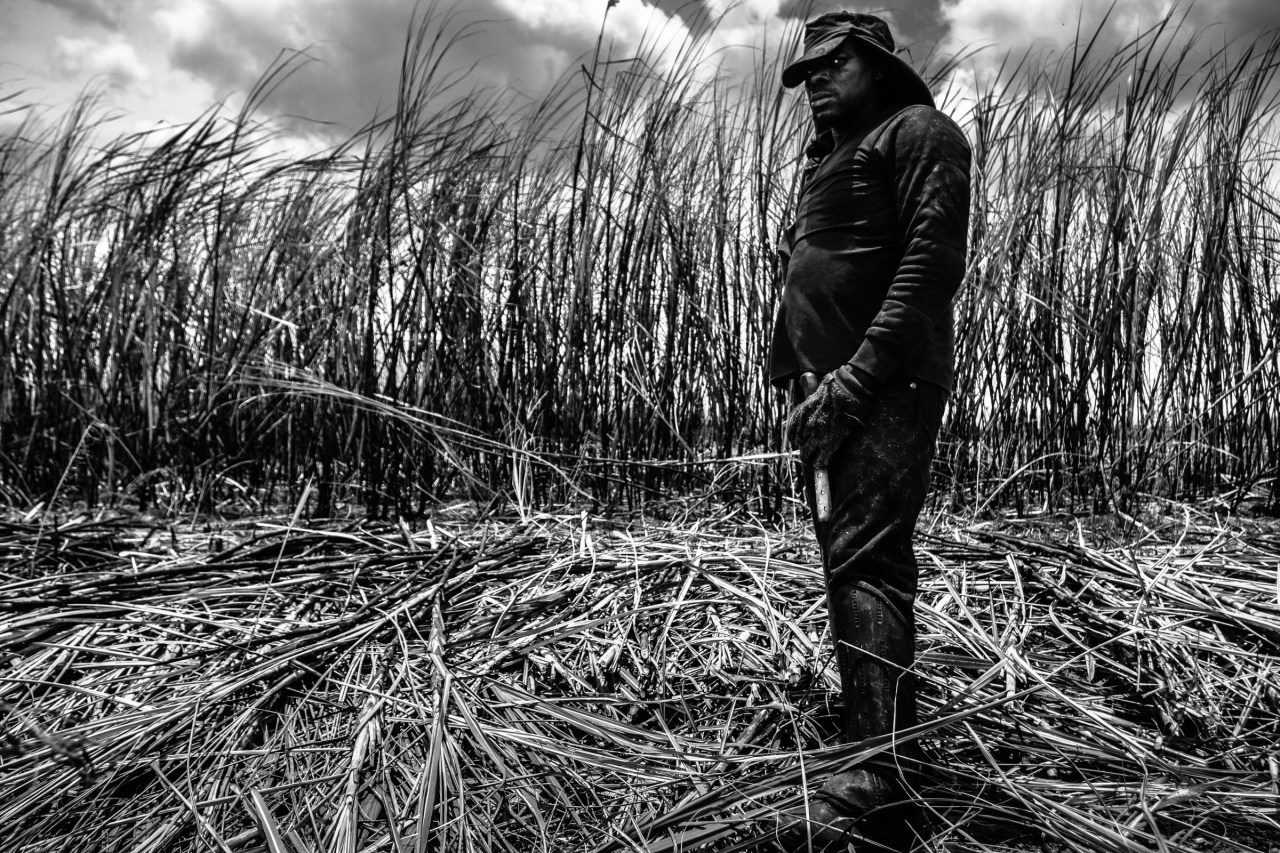
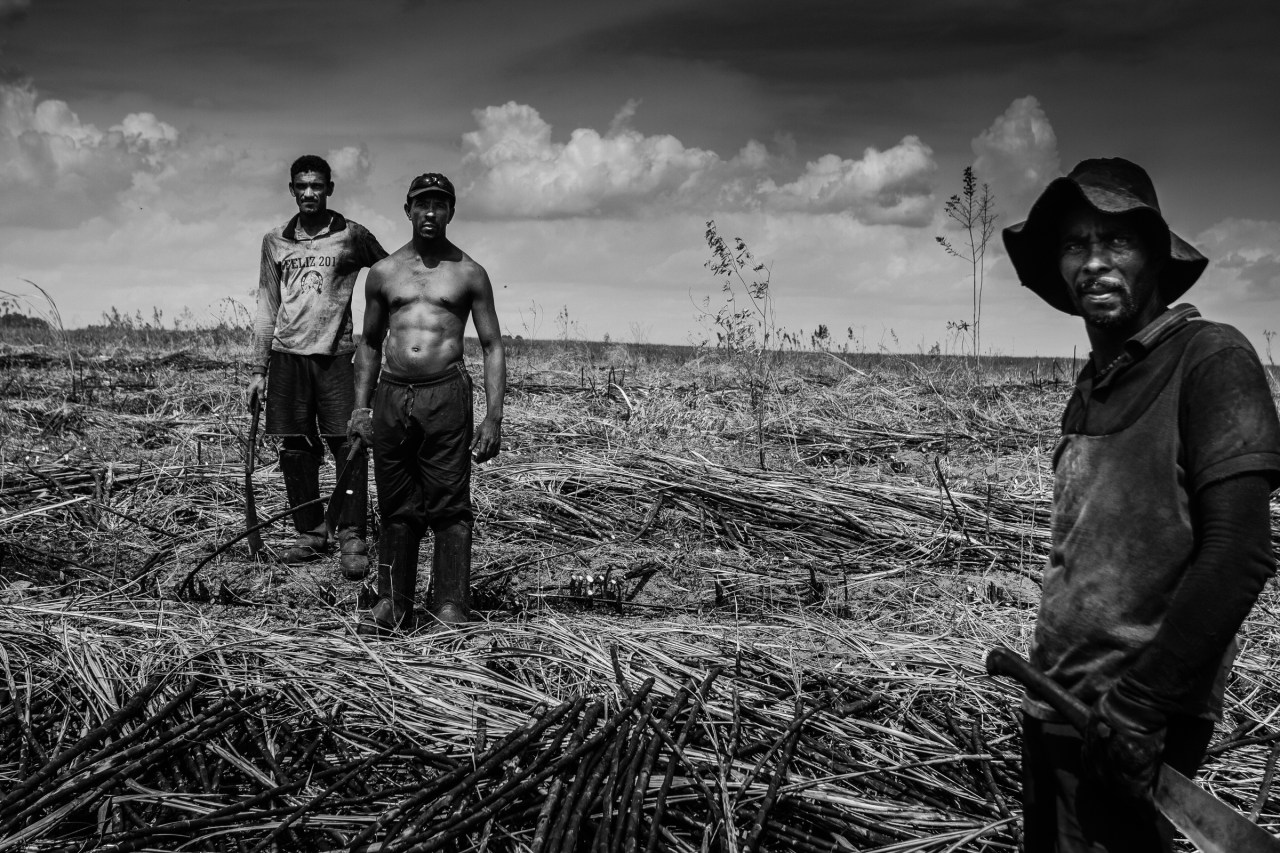
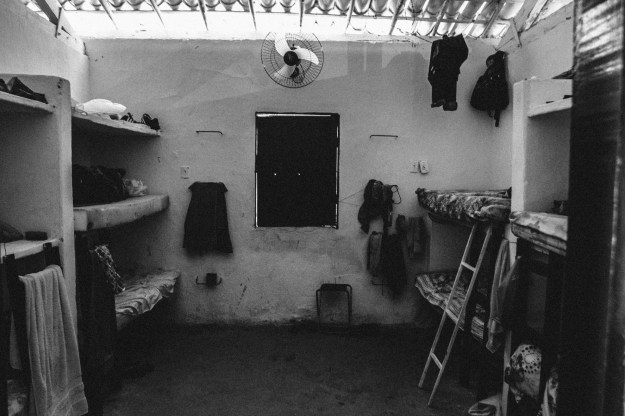
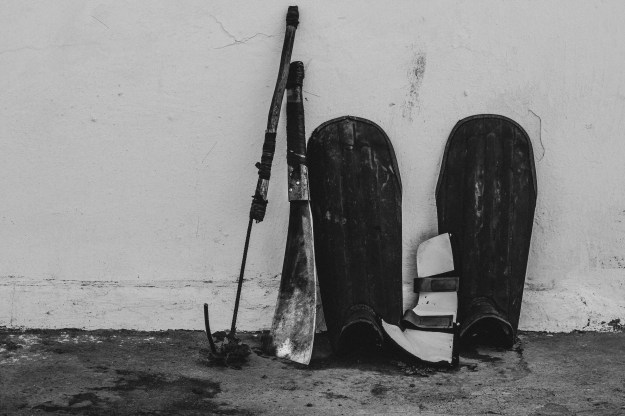
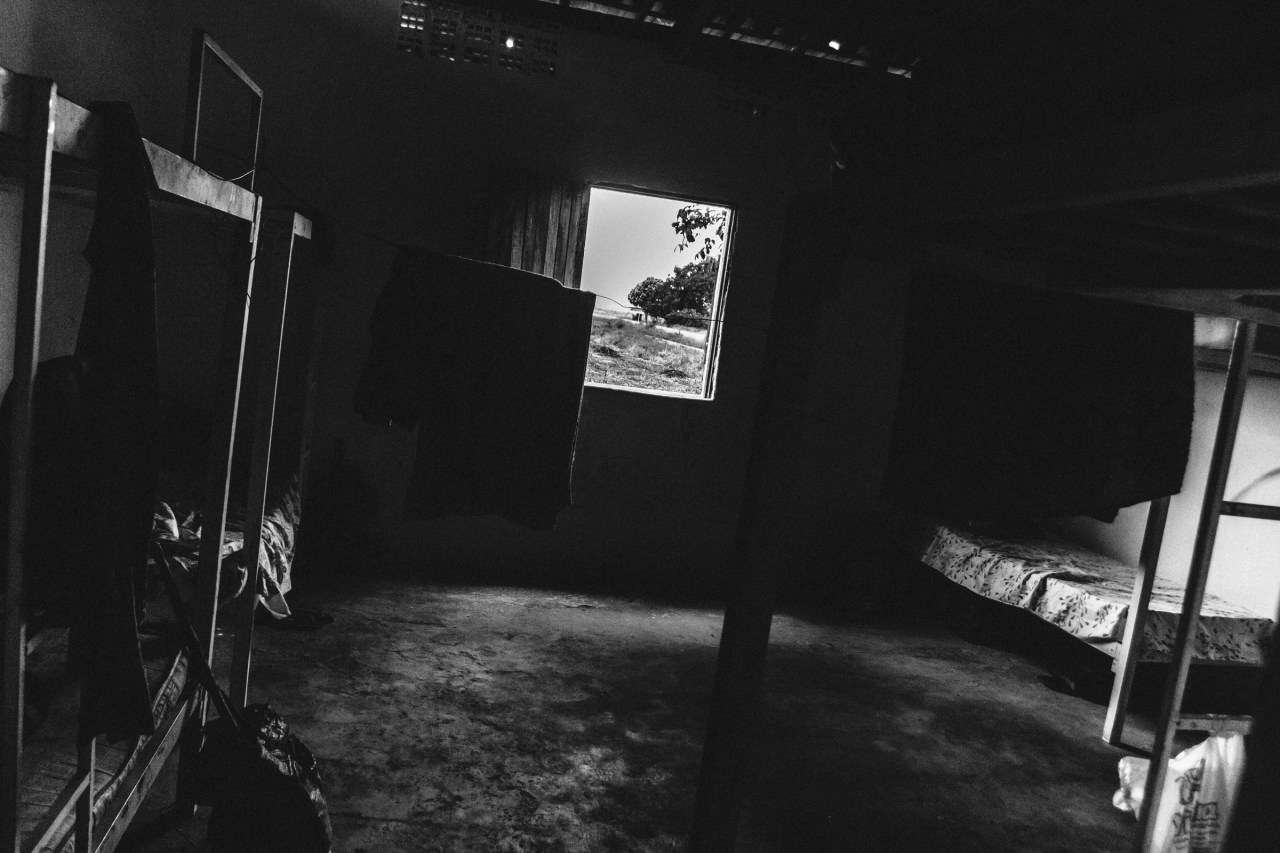
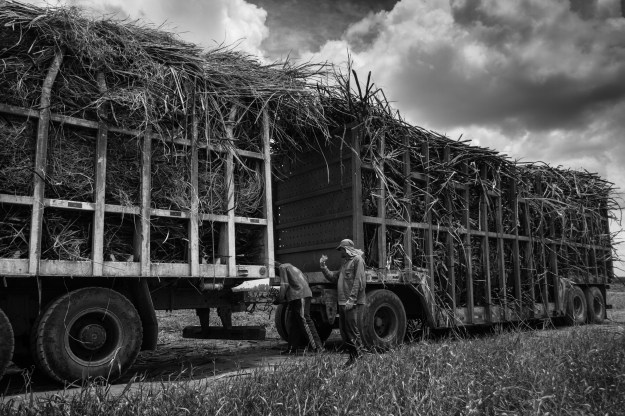
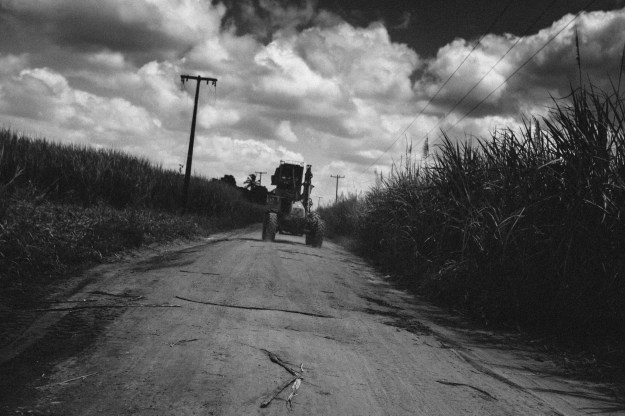
Originally published on Roads & Kingdoms on Mar. 19, 2015.